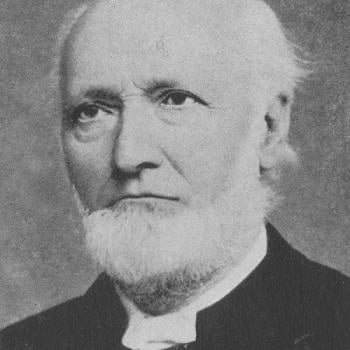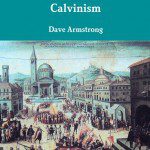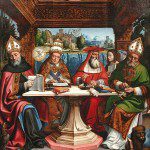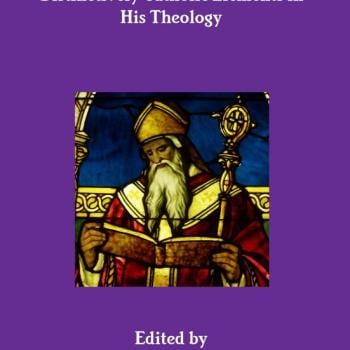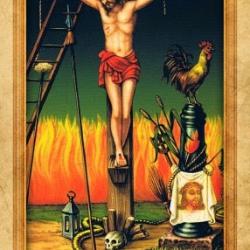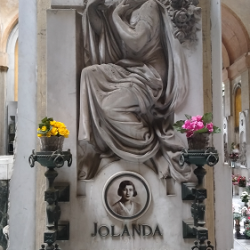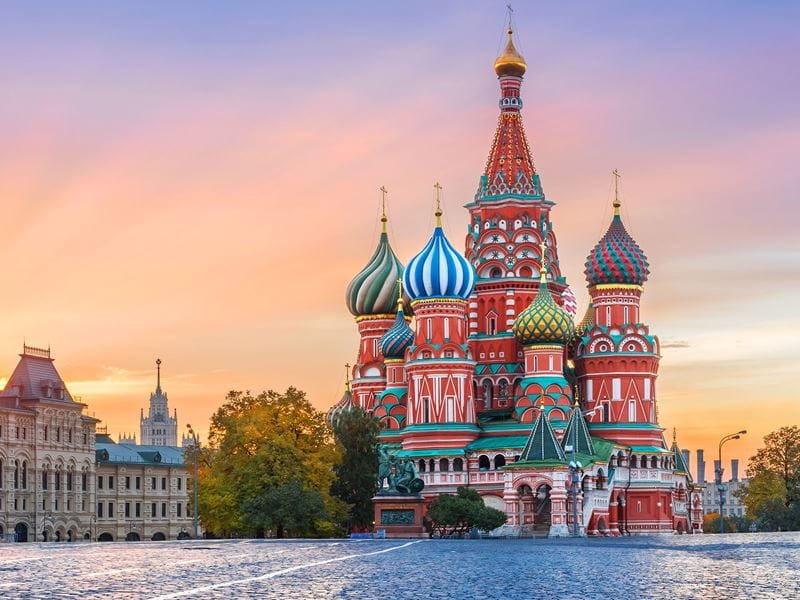
- Trending:
- Pope Leo Xiv
- |
- Israel
- |
- Trump
- |
- Social Justice
- |
- Peace
- |
- Love
The 100 Most Holy Places On Earth
St. Basil's Cathedral

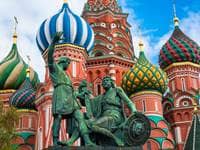
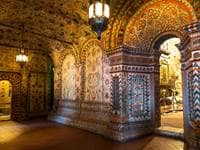
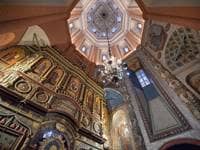
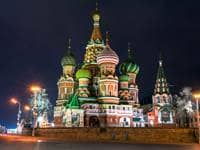
Associated Faiths:
Russian Orthodox
Also frequented by Christians of other High and Low-Church traditions.
Accessibility:
Open to visitors.
Annual visitors: 600,000
History
Saint Basil’s Cathedral is a Russian Orthodox church commissioned in 1555 AD by Ivan IV—known as “Ivan the Terrible.” Located in the center of what was once called “Red Square,” it was bult to commemorate Ivan the Terrible’s capture of Kazan and Astrakhan from the Tatars (or Islamic Turkish-speaking peoples) who resided there. Originally called “Trinity Church” and later “Trinity Cathedral,” it has been greatly expanded and now consists of ten different chapels. The ninth chapel is dedicated to the Intercession of the Theotokos (during the aforementioned battle), and the tenth chapel was erected over the grave of Saint Vasily (i.e., Saint Basil), a local Orthodox saint of the 15th-16th centuries.
Early in its history, there was a singular white-stone church on the spot—known then as Trinity Church. With each successive battle (of the Russo-Kazan War) that Ivan IV won, he had a new wooden church built next to the original white-stone edifice. By the time he concluded his campaign against Astrakhan, there were seven new churches clustered around the original Trinity Cathedral. In the fall of 1554, the Church of the Intercession was added to the cluster. A year later, a tenth church, built of stone, was added—symbolic of his overarching military success.
The cluster of churches was said to be an image of the “Heavenly Jerusalem” or the “Heavenly City”—reminding those who viewed it of the reward that awaits the faithful in heaven. Some have seen in its rather erratic shape the symbolism of a bonfire’s flame rising heavenward. Others have claimed that the eight brightly painted domes actually represent the heads of eight turbaned Muslim tribal chiefs whom Ivan the Terrible had beheaded when he conquered their land and forced all Muslims living in the region to convert to Orthodox Christianity. While the Cathedral was built from 1555 through 1561, the so called “onion domes” were not painted in their bright and differing colors until more than 100 years later (circa 1670s).
According to tradition, Ivan the Terrible was so happy with the unique and unprecedented look of the cluster cathedral, that he had its architect’s eyes gouged out so that he would never create a comparable edifice. Numerous individuals have spoken of St. Basils’ as “whimsical,” “imaginative,” and “unparalleled.” And so it is. Combining the Byzantine design of earlier Russian Orthodox churches with the onion domes of wooden churches in the north of Russia, it is literally unlike any church built before or after.
In the 1920s, as part of the former Soviet Union’s anti-religious campaigns (which established atheism as the official religion of the state), the building was taken from the Russian Orthodox Church and, in 1928, was turned into a museum. Though it remains the property of the state, its status as merely a museum lasted until 1997, when the Orthodox were allowed to return to the building and hold weekly celebrations of the Divine Liturgy.
Religious Significance
A commonly told miracle surrounding the dedication of Saint Basil’s establishes it as “sacred space” in the minds of some—though few take seriously the tale. According to tradition, on the day the church was to be consecrated, a miracle took place. Tsar Ivan IV (or “Ivan the Terrible”) attended, and Russian Orthodox Metropolitan Makarius consecrated the cluster of buildings. The Metropolitan had brought to the dedication an Icon of St. Nicholas the Wonderworker (later known in lore as “Santa Claus”). Using sanctified (or blessed) holy water, the consecration of the Church began. At one point, Ivan touched the base of the container of water and suddenly, out of nowhere, another sanctuary or chapel appeared. So amazed were the Tzar and the Metropolitan, that the additional chapel was named after Saint Nicolas. Again, not many in the modern age would take seriously that story. However, its point it to suggest that the site of Saint Basil’s is a sacred site, a holy site, and site of miracles—worth of veneration. Had such a miracle actually taken place, that certainly would make the site holy. However, the miracle is less the point. The story of the appearing church is to say that the site is sacred. Thus, the story of the miracle doesn’t make it such but, rather, shows that the site already was holy.
The connection of Saint Basils with the Heavenly Jerusalem is symbolically meaningful. That anticipated heavenly home is the ultimate “sacred space”—and all earthly versions of holy sites are simply mimicking the heavenly one (whether you call that Paradise, Nirvana, Heaven, or by some other designation). As a consequence, to traverse the grounds and interior of Saint Basil’s is to anticipate the divine heaven and the eventual receipt of the most holy of all “sacred spaces.”
The church’s association with Saint Basil—or Saint Vasily, as he would be known in Russian—is important as well. Saint Basil is sometimes called “Basil the Blessed,” but he is also known and “Basil, the fool for Christ.” Vasily quit his job and moved to Moscow when he was sixteen years old. There, he spent this time shoplifting to provide for the poor—particularly the poor who were too embarrassed to beg for their needs. Some call him a “fool” because tradition says he walked about naked with chains hanging on various parts of his body—and, even more foolishly, he is said to have chastised Ivan the Terrible for his misdeeds. For all of his eccentricities, Vasily was known to be remarkably spiritual, remarkably charitable, and blessed with the gift of prophecy. How does all of that relate to our “sacred space” in the form of Saint Basil’s church? Well, Vasily is an architype of sorts. Though eccentric and odd, to say the least, he did his best to help others and to live a charitable existence. This eclectic church which bears his name stands as a testament that those who are “weird” or “unusual” can still do important, powerful, and blessed things on behalf of God and for others. Thus, just as the quirky Saint Basil went about weirdly “doing his thing”—and, in the process, created a sacred space—you and I too can forget about our “foolish” side and do our best to use our gifts to bless the world and all those whom God places in our paths, even if we’re a bit “unusual” (as Basil and the Church named after him were). That may well be the true meaning of creating “sacred space.”
Finally, it seems worth pointing out that a sadist like Ivan the Terrible created a remarkable, memorable, and really beautiful gift for God in the form of Saint Basil’s Cathedral. That may seem like an oxymoron—a gift to God from a sadist. And yet, like Basil with his “strangeness,” Ivan had is “terribleness.” Nevertheless, in that, he still saw the hand of God and felt a duty to thank the divine and honor the Virgin Mary—both of which he was quite convinced had been behind his successes. Perhaps the “sacred” part of The Cathedral of the Virgin of the Intercession (or Saint Basil’s) is to be found in the reality that a “terrible” man still left behind something that would point millions of people for many centuries to the God of us all. There is something both curious and sacred about that!


